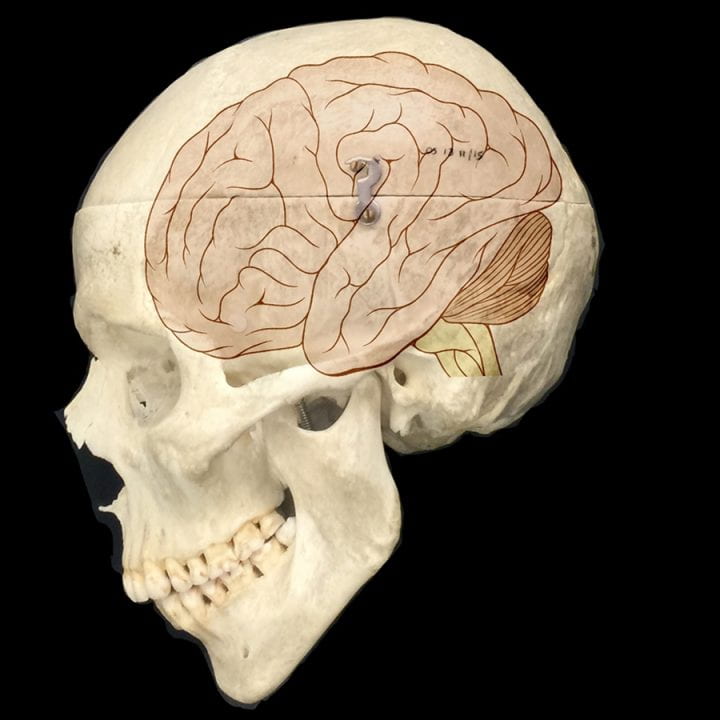
Researchers gain insights into human brain evolution and find evidence of our ancestors in new places.
Discover Magazine | Jan. 15, 2019 | Gemma Tarlach
How to Build a Brain
The human brain is a big deal. In relation to body size, it’s nearly six times bigger than that of other placental mammals. Our brains’ size and organizational complexity are hallmarks of being human.
But what were the genetic changes behind our big, complex brains, and what drove their evolution? Key new evidence, and a new model, move us closer to finally figuring it out.
In May, a pair of papers published by separate teams in the journal Cell focused on the NOTCH family of genes, found in all animals and critical to an embryo’s development: They produce the proteins that tell stem cells what to turn into, such as neurons in the brain. The researchers looked at relatives of the NOTCH2 gene that are present today only in humans.
In a distant ancestor 8 million to 14 million years ago, they found, a copying error resulted in an “extra hunk of DNA,” says David Haussler of the University of California, Santa Cruz, a senior author of one of the new studies.
This non-functioning extra piece of NOTCH2 code is still present in chimps and gorillas, but not in orangutans, which went off on their own evolutionary path 14 million years ago.
About 3 million to 4 million years ago, a few million years after our own lineage split from other apes, a second mutation activated the once non-functional code. This human-specific gene, called NOTCH2NL, began producing proteins involved in turning neural stem cells into cortical neurons. NOTCH2NL pumped up the number of neurons in the neocortex, the seat of advanced cognitive function. Over time, this led to bigger, more powerful brains.
“This is the first human-specific gene in a fundamental pathway known to control brain size,” Haussler said.
[ Read more ]